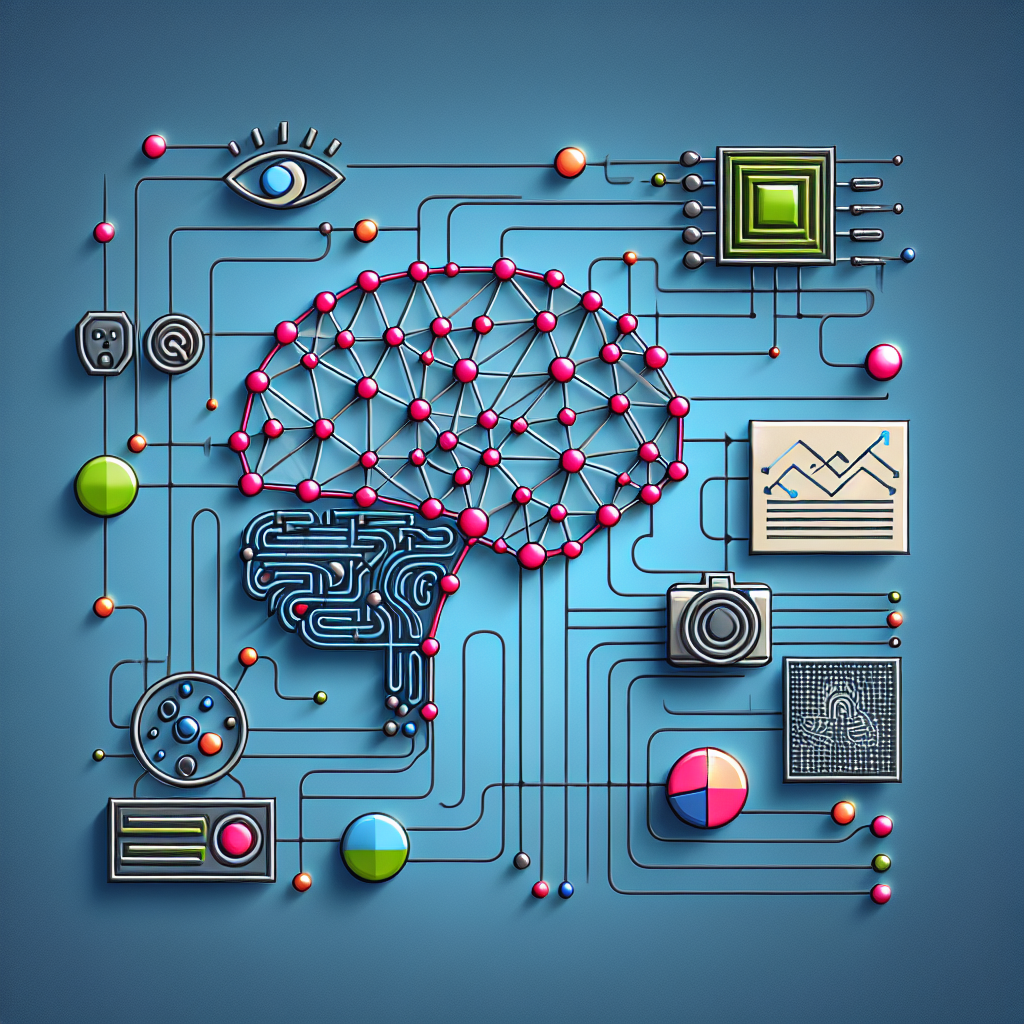Recent advancements in deep learning have significantly impacted the field of image recognition. One of the most promising techniques that have emerged in this area is the use of Recurrent Neural Networks (RNNs) to improve the accuracy and efficiency of image recognition systems.
RNNs are a type of artificial neural network that is designed to handle sequential data. Unlike traditional feedforward neural networks, which process data in a linear fashion, RNNs have connections that form loops, allowing them to retain and utilize information from previous steps in the sequence.
In the context of image recognition, RNNs have been used to analyze and classify images by capturing spatial dependencies between pixels. By processing images in a sequential manner, RNNs can learn to recognize patterns and features that are crucial for accurate image classification.
One of the key applications of RNNs in image recognition is in the area of image captioning. Image captioning involves generating descriptive captions for images, which requires understanding the content and context of the image. RNNs can be trained to analyze images and generate captions by combining visual features extracted from the image with textual information.
Another important application of RNNs in image recognition is in object detection and tracking. RNNs can be used to track objects in a video stream by analyzing the temporal relationships between frames. By incorporating information from previous frames, RNNs can improve the accuracy of object detection and tracking in video sequences.
RNNs have also been used in generative models for image synthesis. Generative models are used to create new images that are similar to a given set of training images. RNNs can be trained to generate images by learning the underlying distribution of the training data and generating new samples that are visually similar to the input images.
Overall, the applications of RNNs in image recognition are diverse and promising. By leveraging the sequential nature of image data, RNNs can improve the accuracy and efficiency of image recognition systems, leading to advancements in areas such as image captioning, object detection, and image synthesis. As research in this field continues to evolve, we can expect to see even more innovative applications of RNNs in image recognition in the future.
#Exploring #Applications #Recurrent #Neural #Networks #Image #Recognition,rnn


Leave a Reply